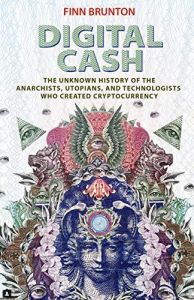Melden Sie sich bei getAbstract an, um die Zusammenfassung zu erhalten.

Melden Sie sich bei getAbstract an, um die Zusammenfassung zu erhalten.
Finn Brunton
Digital Cash
The Unknown History of the Anarchists, Utopians, and Technologists Who Created Cryptocurrency
Princeton UP, 2019
Was ist drin?
From the Great Depression to the Great Recession, skeptics and cranks have tried to reinvent money.
Recommendation
Cryptocurrency might seem like a new concept, but as professor Finn Brunton reveals in this intriguing study, bitcoin is the result of decades of arcane technological advances and fringe thinking in economics. He leads readers on a tour through a variety of attempts since the Great Depression to launch alternative currencies. Brunton aptly lays out the utopian and dystopian visions that have dominated this often overlooked corner of the economy. His intriguing narrative will fascinate anyone interested in both the history and the future of money.
Summary
About the Author
Finn Brunton is an associate professor at New York University. His previous books are Spam: A Shadow History of the Internet; Communication; and Obfuscation: A User’s Guide for Privacy and Protest.


















Comment on this summary